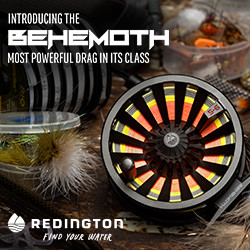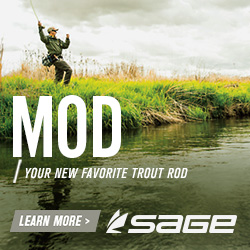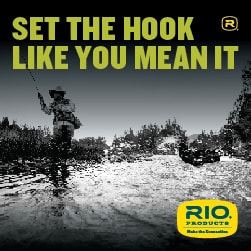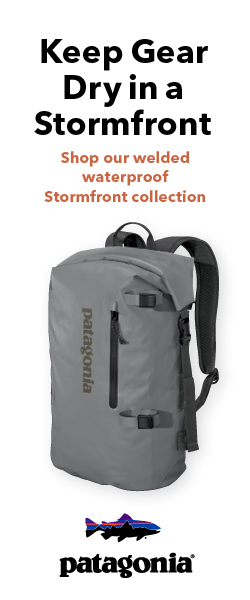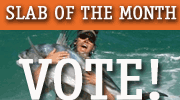Entries in hatchery fish vs wild fish (62)
WDFW forced to release hatchery steelhead into inland lakes again this year
 Friday, May 29, 2015 at 12:05AM
Friday, May 29, 2015 at 12:05AM 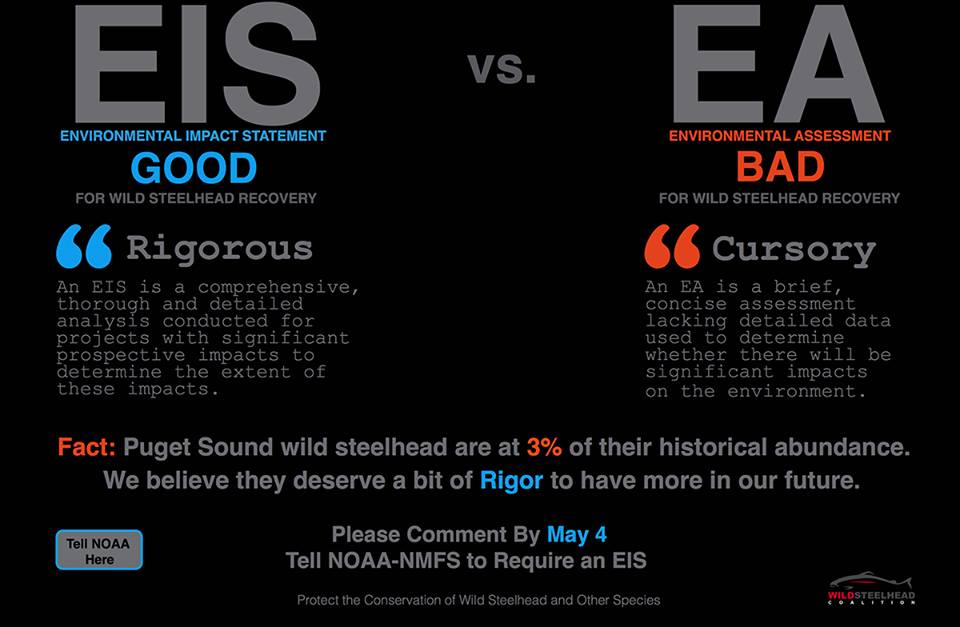
The Washington Department of Fish and Wildlife (WDFW) was hoping that NOAA's completion of a draft environmental assessment would lead to approval of their steelhead hatchery operations and clear the way for the releasing of steelhead into several Puget Sound rivers. Unfortunately for the state and hatchery welfare advocates, NOAA's decision to go with the more rigorous environmental impact statement means that a decision on approval of the WDFW hatchery programs would come after the 2015 release window which stops the program for another year.
Here's to the power of grassroots advocacy.
According to NOAA the decision was based, in part, on more than 2,000 public comments that expressed a wide range of questions and concerns about the environmental impact of hatchery steelhead programs.
Needless to say the WDFW and their pro hatchery constituents are not happy.
Return of the fish wars: Hatchery pits environmentalists against tribe
 Thursday, April 23, 2015 at 12:08AM
Thursday, April 23, 2015 at 12:08AM 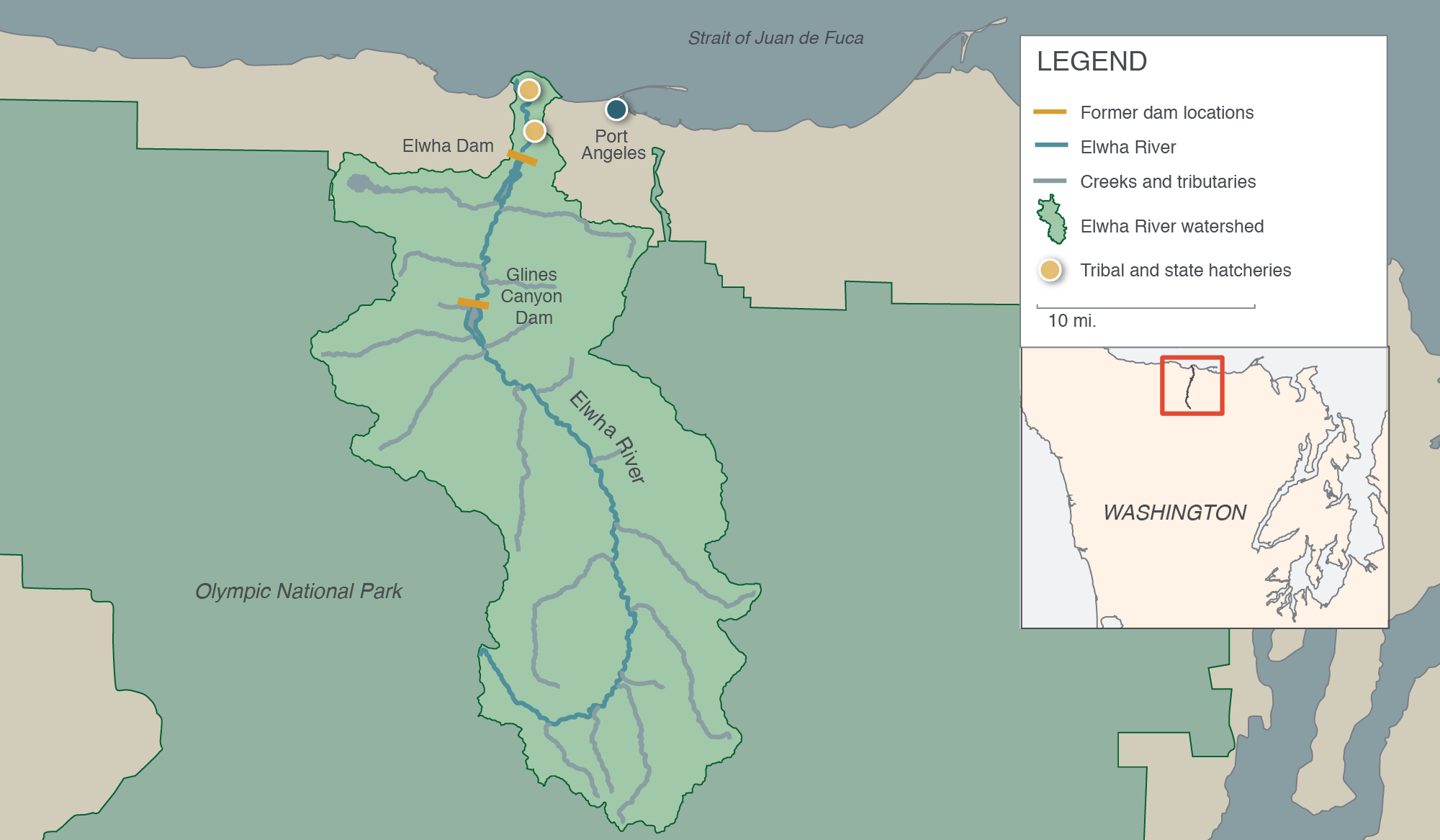
Some quality in depth coverage of the fight over the misguided hatchery program on the Elwha from Al Jazerra America.
The Elwha is not the only watershed where the debate over hatchery programs is occuring. NOAA's recent decision to withdraw its draft environmental impact statement (EIS) for Puget Sound Hatcheries and opt for a cursory environmental assessment (EA) is likely a direct result of tribal influence in Washington DC.
TAKE ACTION: Tell NOAA Not to Compromise on Wild Steelhead Protection
 Thursday, April 16, 2015 at 12:12AM
Thursday, April 16, 2015 at 12:12AM
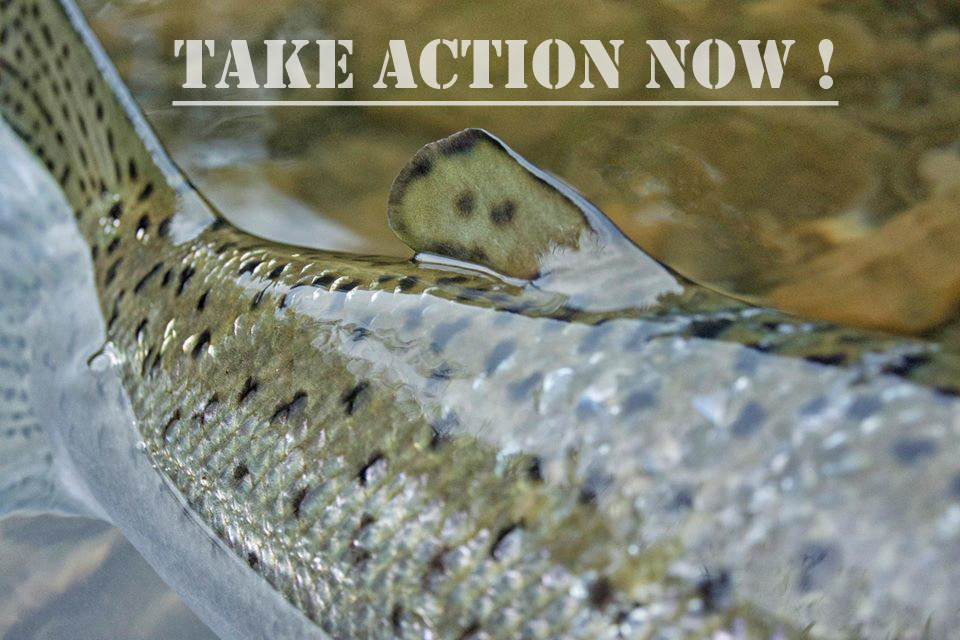
A VERY important action alert from the Wild Fish Conservancy.
After 11 years of NOAA promising an environmental impact statement (EIS) rigorously evaluating Puget Sound steelhead hatcheries, NOAA has suddenly withdrawn its draft EIS and opted for a cursory environmental assessment (EA), with only 30 days for public comment. This reversal of course comes at the request of the Washington Department of Fish & Wildlife and would support its proposed annual release of 290,000 Chambers Creek hatchery steelhead into three Puget Sound watersheds—the Nooksack, Stillaguamish, and Dungeness. The low bar of an EA does not fulfill the requirements or purposes of NEPA (National Environmental Policy Act). An EIS is needed to fully evaluate the cumulative effects of all Puget Sound hatchery programs on threatened species, including Puget Sound steelhead.
If you care about wild steelhead, please take a few minutes and tell NOAA that they need to require an EIS or at least add another 30-60 days onto the comment period for the EA. Hit the TAKE ACTION link below and simply fill in the pertinent contact info, click the "Submit" button, and your message will be sent to the appropriate recipients.
Comments must be received no later than 5p.m. Pacific time on April 27, 2015.
The Cost of Trout Fishing
 Wednesday, April 15, 2015 at 12:04AM
Wednesday, April 15, 2015 at 12:04AM 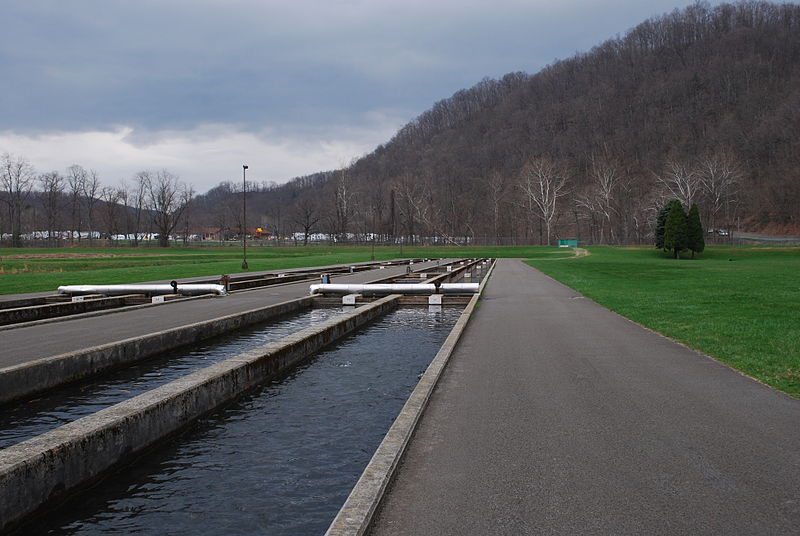 Photo:Brian M. Powell
Photo:Brian M. Powell
Douglas M. Thompson gave up fishing 10 years ago after he saw what a century of stocking nonnative fish was doing to the landscape he loved.
LINK (via: The NY Times)
 hatchery fish vs wild fish in
hatchery fish vs wild fish in  hatcheries
hatcheries Hatcheries flow on despite the evidence they harm salmon recovery
 Thursday, April 2, 2015 at 12:00AM
Thursday, April 2, 2015 at 12:00AM 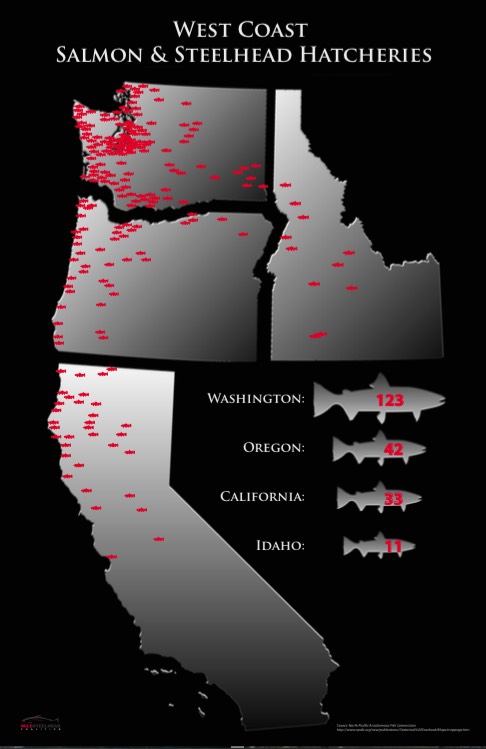 Infographic courtesy of Rich Simms and the Wild Steelhead Coalition
Infographic courtesy of Rich Simms and the Wild Steelhead Coalition
Part two of Crosscut's hatchery story.
So, why are hatcheries still an issue? Because, decades after they gained notoriety as one of the factors that threaten salmon recovery, people still catch salmon for fun and profit, and for most of them, catching a hatchery fish is just as much fun and just as profitable as catching one that didn’t start life in a concrete tank. Besides, to the uninformed eye, there’s not much difference.

